Home>diy>Building & Construction>What Are Sills Used For In Construction
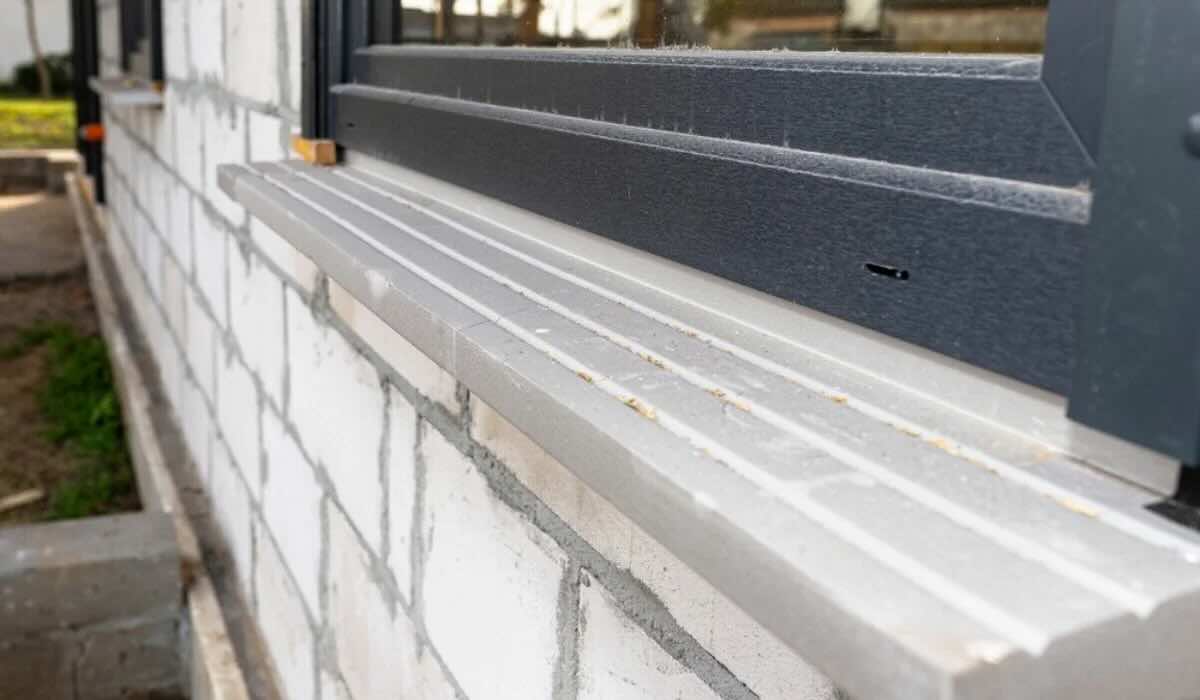

Building & Construction
What Are Sills Used For In Construction
Modified: January 23, 2024
Discover the importance of sills in building construction. Learn how sills provide structural support and prevent water infiltration, ensuring a sturdy and durable construction.
(Many of the links in this article redirect to a specific reviewed product. Your purchase of these products through affiliate links helps to generate commission for Storables.com, at no extra cost. Learn more)
Introduction
In the world of construction, there are numerous components that come together to build a structure that is both stable and functional. One such element that plays a crucial role in the construction process is the sill. Sills are horizontal members that are typically placed at the base of a wall or opening, serving as a foundation for other building elements. They not only provide structural support but also offer a range of functions that contribute to the overall integrity and durability of a building.
In this article, we will delve into the world of sills in construction, exploring their definition, functions, types, materials used, installation, maintenance, and the importance they hold in construction projects.
Whether you’re an aspiring architect, a DIY enthusiast, or simply curious about the building process, understanding the importance of sills in construction can provide valuable insight into the intricacies of building design and construction techniques. So, let’s dive in and discover the world of sills in construction!
Key Takeaways:
- Sills in construction provide structural support, moisture protection, and aesthetic enhancement, contributing to the stability, durability, and visual appeal of buildings.
- Proper installation and maintenance of sills are crucial for their longevity and functionality, ensuring the overall integrity and success of construction projects.
Read more: What Is A Sill Plate In Construction
Definition of Sill in Construction
In the realm of construction, a sill refers to a horizontal member that is typically positioned at the base of a wall or an opening, such as a window or a door. It serves as a load-bearing element and plays a vital role in supporting the weight of the structure above it, while also providing a secure and stable foundation for other building components.
The primary function of a sill is to distribute the load of the structure evenly, preventing the transfer of excessive stress to the foundation. By acting as a buffer between the wall and the ground, sills ensure that the weight of the building is properly transmitted to the underlying structure, such as the foundation or the load-bearing walls.
Another important aspect of a sill in construction is its ability to resist water infiltration. It acts as a barrier, preventing water from seeping into the building through gaps or cracks at the base of the wall or around openings. This helps to maintain the structural integrity of the building and protects it from moisture-related issues, such as mold growth, decay, and damage to the building materials.
Sills also serve as a transition between the exterior and interior surfaces, providing a level platform for the installation of windows, doors, and other building elements. It helps to create a seamless connection between the exterior and interior spaces and contributes to the overall aesthetics of the building. Additionally, sills can also act as a decorative feature, adding visual interest and character to the facade of the structure.
In summary, a sill in construction is a horizontal member located at the base of a wall or an opening that provides structural support, prevents water infiltration, acts as a transition between different surfaces, and adds aesthetic appeal to the building.
Functions and Uses of Sills in Construction
The sills in construction serve a variety of functions and play a crucial role in ensuring the stability, durability, and functionality of a building. Let’s explore some of the key functions and uses of sills:
- Structural Support: One of the primary functions of sills is to provide structural support to the building. They distribute the weight of the structure evenly, transferring the load to the foundation or load-bearing walls. This helps to maintain the overall stability and integrity of the building.
- Load Distribution: Sills act as a buffer, evenly distributing the load of the building to the underlying foundation. This prevents excessive stress on any one area, reducing the risk of structural failure or sagging of the walls.
- Water Barrier: Sills function as a barrier against water infiltration. They help to prevent water from entering the building by sealing gaps and cracks at the base of the wall or around openings, such as windows and doors. This is crucial for protecting the building materials from moisture-related damage and maintaining a dry and healthy interior environment.
- Seating for Windows and Doors: Sills provide a level platform for the installation of windows and doors. They act as a stable base, ensuring that the windows and doors are properly seated and aligned. This helps to create a tight seal, enhancing energy efficiency and preventing drafts.
- Aesthetics: Sills also have an aesthetic function. They can be designed to complement the architectural style and add visual interest to the building facade. Sills come in various shapes, sizes, and materials, allowing for creative customization and enhancing the overall appeal of the structure.
- Support for Exterior Cladding: Sills provide support for exterior cladding materials, such as brick, stone, or siding. They help to secure and stabilize the cladding, preventing it from shifting, cracking, or sagging over time. This contributes to the overall longevity of the building’s exterior finishes.
- Transition between Spaces: Sills act as a smooth transition between different surfaces, such as the exterior and interior of the building. They provide a level platform for the installation of flooring materials, allowing for a seamless connection between the two spaces.
Overall, sills serve important functions in construction, providing structural support, acting as a water barrier, facilitating proper installation of windows and doors, enhancing aesthetics, supporting exterior cladding, and creating smooth transitions between spaces. Their versatility and significance make them an integral part of any construction project.
Types of Sills in Construction
In construction, sills come in a variety of types, each designed to cater to specific building requirements and architectural styles. Let’s explore some of the common types of sills:
- Wooden Sills: Wooden sills are a traditional choice and have been used in construction for centuries. They offer a natural, warm aesthetic and are relatively easy to work with. However, they require regular maintenance and are susceptible to rotting and moisture damage if not properly protected.
- Concrete Sills: Concrete sills are durable and robust, making them suitable for both residential and commercial constructions. They are resistant to moisture, pests, and fire, and can be customized to match different architectural styles. Concrete sills can be precast or poured on-site, offering versatility in design and installation options.
- Stone Sills: Stone sills bring a touch of elegance and natural beauty to a building. They are commonly made from materials such as limestone, granite, or sandstone, and can be carved or shaped to achieve intricate designs. Stone sills are highly durable, weather-resistant, and low-maintenance, making them a popular choice for both historical and contemporary structures.
- Brick Sills: Brick sills are commonly used in masonry construction. They are made by combining bricks and mortar, creating a solid and seamless sill that matches the overall brickwork. Brick sills offer structural stability and aesthetic continuity, blending in with the building’s facade.
- Steel Sills: Steel sills provide a modern and sleek appearance to a building. They offer exceptional strength and durability, making them suitable for high-rise structures and heavy-load applications. Steel sills also provide excellent resistance against rust and corrosion, ensuring their longevity.
- Composite Sills: Composite sills are a newer innovation in construction. They are made by combining different materials, such as engineered wood, vinyl, or fiberglass, to create a strong and durable sill that mimics the appearance of traditional materials. Composite sills offer ease of installation, low maintenance, and resistance to moisture and pests.
These are just a few examples of the types of sills used in construction. The choice of sill material depends on factors such as architectural style, budget, durability requirements, and personal preferences. It’s important to select a type of sill that not only meets the functional needs but also enhances the overall look and performance of the building.
Materials Used for Sills in Construction
When it comes to selecting materials for sills in construction, several factors need to be considered, including the desired aesthetics, durability, maintenance requirements, and budget. Let’s explore some of the commonly used materials for sills:
- Natural Stone: Natural stone, such as limestone, granite, or sandstone, is a popular choice for sills due to its durability, timeless appearance, and ability to withstand various weather conditions. Stone sills can be custom-cut to fit specific dimensions and can be left in their natural state or finished with polished or textured surfaces.
- Brick: Brick sills are commonly used in masonry construction to match the overall brickwork of the building. They provide a seamless and cohesive look while offering excellent durability and strength. Brick sills can be made from traditional clay bricks or engineered brick veneer, providing flexibility in terms of design and color options.
- Concrete: Concrete sills are a versatile and cost-effective option. They can be cast in various shapes and sizes, offering flexibility in design. Concrete sills can be left as exposed aggregate, smooth, or textured finishes, depending on the desired aesthetic. They are known for their strength, weather resistance, and low maintenance requirements.
- Wood: Wood sills provide a natural and warm appearance to a building. They are often used in traditional or historical structures and can be made from a variety of wood species, such as oak, cedar, or mahogany. Wood sills require regular maintenance, including sealing and staining, to protect against moisture and decay.
- Steel: Steel sills are utilized in applications where strength and durability are paramount, such as in commercial buildings or high-rise structures. Steel sills provide excellent load-bearing capacity and resistance to fire, pests, and rot. They can be finished with various coatings, such as powder coating or galvanization, to enhance corrosion resistance.
- Composite: Composite sills are a modern and versatile option, combining different materials such as engineered wood, vinyl, or fiberglass. They offer the appearance of traditional materials while providing enhanced durability, resistance to moisture, and low maintenance requirements. Composite sills can be designed to mimic the natural grain and texture of wood or the smooth finish of stone.
The material chosen for the sills depends on factors such as the architectural style, desired aesthetics, climate, and budget. Selecting the right material ensures that the sills not only provide the necessary structural support and functionality but also contribute to the overall visual appeal and longevity of the building.
Sills are used in construction to provide a level surface for doors and windows, as well as to prevent water infiltration. They can be made of various materials such as wood, stone, or metal, and should be properly installed to ensure proper functionality.
Read more: What Is Limestone Used For In Construction
Installation and Maintenance of Sills in Construction
The proper installation and maintenance of sills in construction are crucial for ensuring their longevity, structural integrity, and functionality. Let’s explore the steps involved in installing sills and the maintenance practices required to keep them in good condition:
Installation:
- Prepare the opening: Before installing a sill, ensure that the area is properly prepared. This includes removing any debris, cleaning the surface, and ensuring that it is level and plumb.
- Select the sill: Choose the appropriate sill material and type based on the specific requirements of the building, such as load-bearing capacity, water resistance, and aesthetics.
- Measure and cut: Measure the dimensions of the opening and cut the sill to fit accurately. Ensure that it is properly sized and level.
- Apply adhesive and secure the sill: Apply a suitable adhesive or mortar to the bottom of the sill and press it firmly into place. Use shims if necessary to ensure proper alignment and levelness. Secure the sill in place with fasteners or anchors, following manufacturer’s guidelines.
- Seal the gaps: Once the sill is installed, seal any gaps or joints around the edges. This helps to prevent water infiltration and ensures a tight seal between the sill and the building elements.
- Finish the sill: Depending on the material used, finish the sill as desired. This may involve sanding, staining, painting, or applying a protective coating to enhance its appearance and durability.
Maintenance:
- Regular cleaning: Keep the sills clean from dirt, dust, and debris by regularly cleaning them with a gentle cleanser and a soft cloth or brush. Avoid using harsh chemicals or abrasive materials that may damage the surface.
- Inspect for damage: Periodically inspect the sills for any signs of damage, such as cracks, decay, or water infiltration. Promptly address any issues to prevent further deterioration.
- Repair or replace as needed: If any damage is detected, repair or replace the sills as necessary. This may involve patching cracks, sealing gaps, or replacing the entire sill if the damage is extensive.
- Protect against moisture: Ensure that the sills are properly sealed and protected against moisture. Apply a suitable water-resistant sealant or paint to prevent water damage and decay.
- Maintain the surrounding area: Keep the area around the sills clean and free from vegetation and debris. This helps to prevent the accumulation of moisture and reduces the risk of pest infestation.
- Follow manufacturer’s recommendations: Always follow the manufacturer’s guidelines for maintenance and care specific to the material used for the sills. Different materials may have different maintenance requirements.
By following proper installation techniques and maintaining the sills regularly, you can ensure their long-lasting performance, contribute to the overall integrity of the building, and enhance the aesthetics of the structure.
Importance of Sills in Construction Projects
Sills play a vital role in the construction of a building, contributing to its stability, functionality, and overall durability. Let’s explore the importance of sills in construction projects:
- Structural Integrity: Sills provide essential structural support, distributing the weight of the building evenly and transferring it to the foundation or load-bearing walls. This helps to maintain the overall stability of the structure, ensuring it can withstand various loads and forces.
- Load Distribution: Sills act as a buffer, distributing the load of the building uniformly and preventing excessive stress on any specific area. This helps to minimize the risk of structural failure, sagging walls, or cracks in the building’s structure.
- Moisture Protection: Sills serve as a barrier against water infiltration, preventing water from seeping into the building through gaps or cracks at the base of the wall or around openings. This helps to protect the building materials from moisture-related damage, such as decay, rot, mold growth, and deterioration.
- Transition between Spaces: Sills provide a level and stable platform for the installation of windows, doors, and other building elements. They create a seamless transition between the exterior and interior spaces, ensuring proper installation and a tight seal. This contributes to energy efficiency, sound insulation, and overall comfort inside the building.
- Aesthetic Enhancement: Sills can have a significant impact on the visual appeal of a building’s facade. They can be designed to complement the architectural style, add depth, and create a visually interesting element on the exterior. Sills provide an opportunity for customization, allowing for creative expression and enhancing the overall aesthetics of the structure.
- Exterior Cladding Support: Sills provide support for exterior cladding materials such as brick, stone, or siding. They help secure and stabilize the cladding, preventing any shifting, cracking, or sagging over time. This contributes to the longevity and proper functioning of the building’s exterior finishes.
- Longevity and Durability: By properly installing and maintaining sills, the lifespan and performance of the building can be significantly improved. Sills help to protect the structure from moisture damage, prevent structural issues, and ensure the overall stability and durability of the building for many years to come.
In summary, sills are a crucial component in construction projects. They provide structural support, distribute loads, protect against water infiltration, create seamless transitions, enhance aesthetics, support exterior cladding, and contribute to the longevity and durability of the building. Paying attention to the design, installation, and maintenance of sills is essential for the overall integrity and success of a construction project.
Read more: What Are Beams Used For In Construction
Conclusion
Sills play a significant role in the world of construction, providing structural support, moisture protection, aesthetic enhancement, and durability to a building. Their installation and maintenance are essential to ensure the longevity and functionality of a structure.
From wooden to concrete, stone to steel, there is a wide range of materials available for sills, each offering its own set of advantages and visual appeal. The choice of material depends on various factors such as architectural style, budget, and desired durability.
Proper installation techniques, including accurate measurement, adequate adhesive application, and sealing of gaps, are crucial for the success of a sill installation. Regular maintenance, such as cleaning, inspection, and repair, helps to keep the sills in optimal condition and prevents both structural and aesthetic issues in the long run.
The importance of sills in a construction project cannot be overstated. They provide stability, load distribution, moisture protection, smooth transitions, aesthetic enhancement, and support for exterior cladding. By carefully considering their design, installation, and maintenance, builders and homeowners can ensure the structural integrity, functionality, and visual appeal of their buildings for years to come.
In conclusion, understanding the significance of sills in construction allows us to appreciate the intricate details and considerations that go into creating a well-built and durable structure. By incorporating sills effectively, we contribute to the overall success and longevity of a construction project, setting a strong foundation for the spaces we live and work in.
Frequently Asked Questions about What Are Sills Used For In Construction
Was this page helpful?
At Storables.com, we guarantee accurate and reliable information. Our content, validated by Expert Board Contributors, is crafted following stringent Editorial Policies. We're committed to providing you with well-researched, expert-backed insights for all your informational needs.
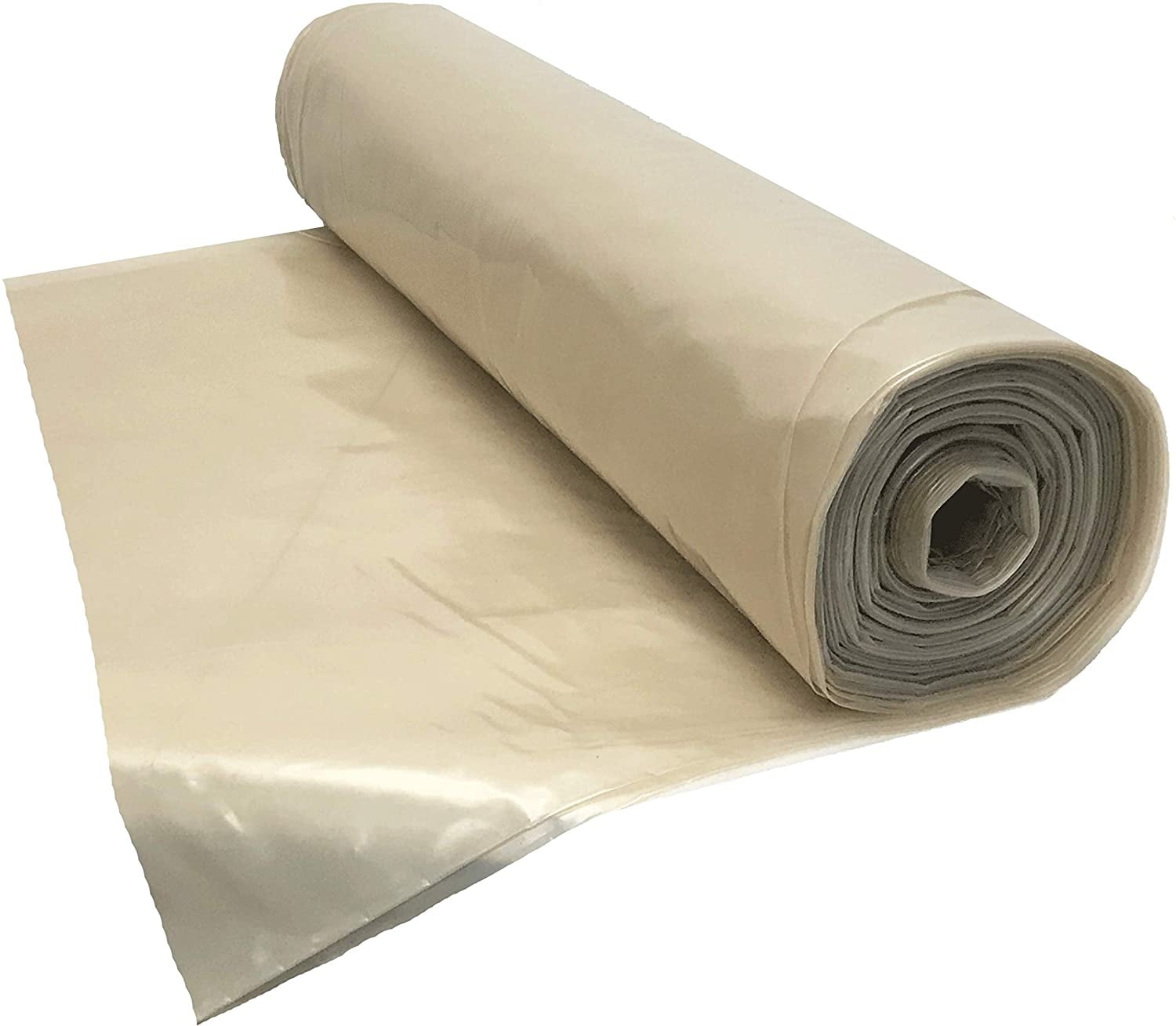
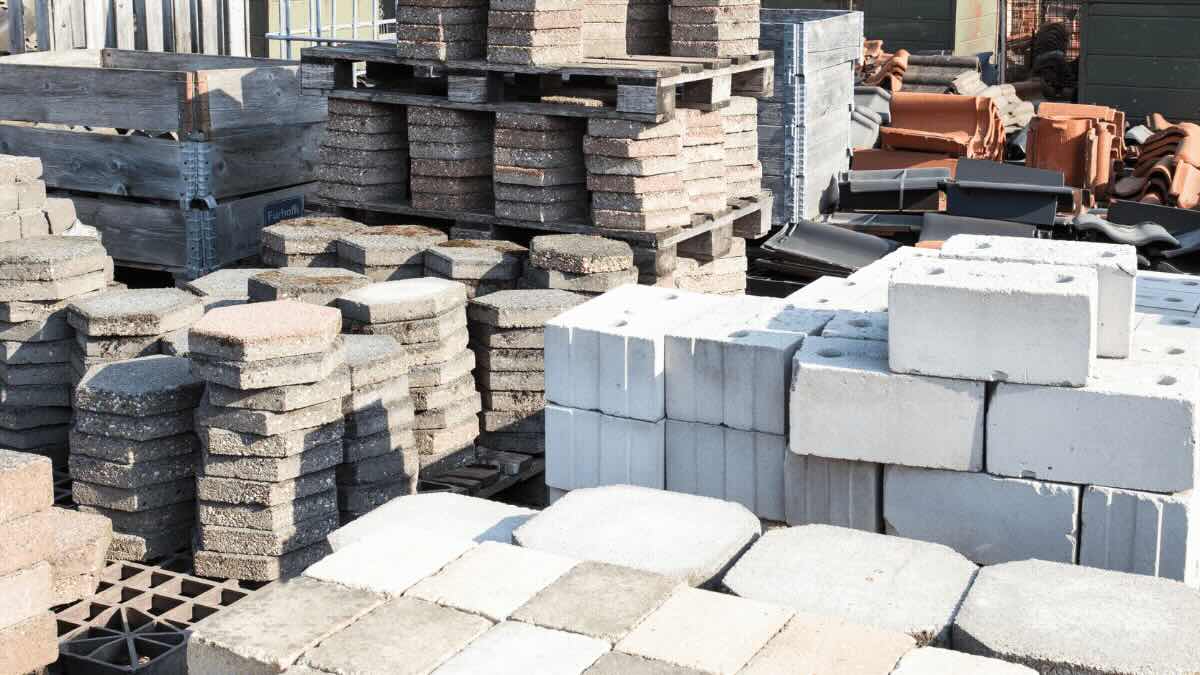
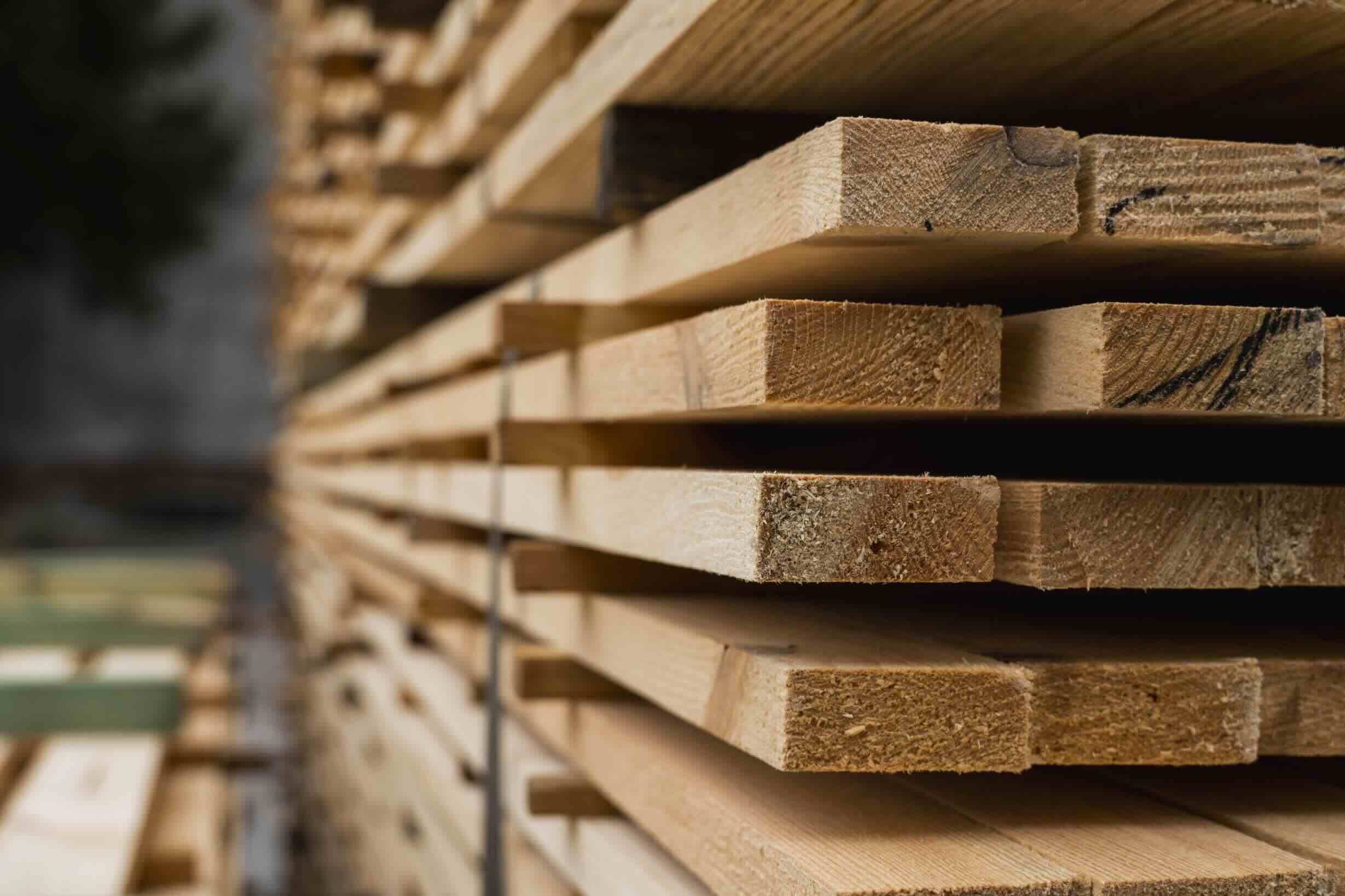
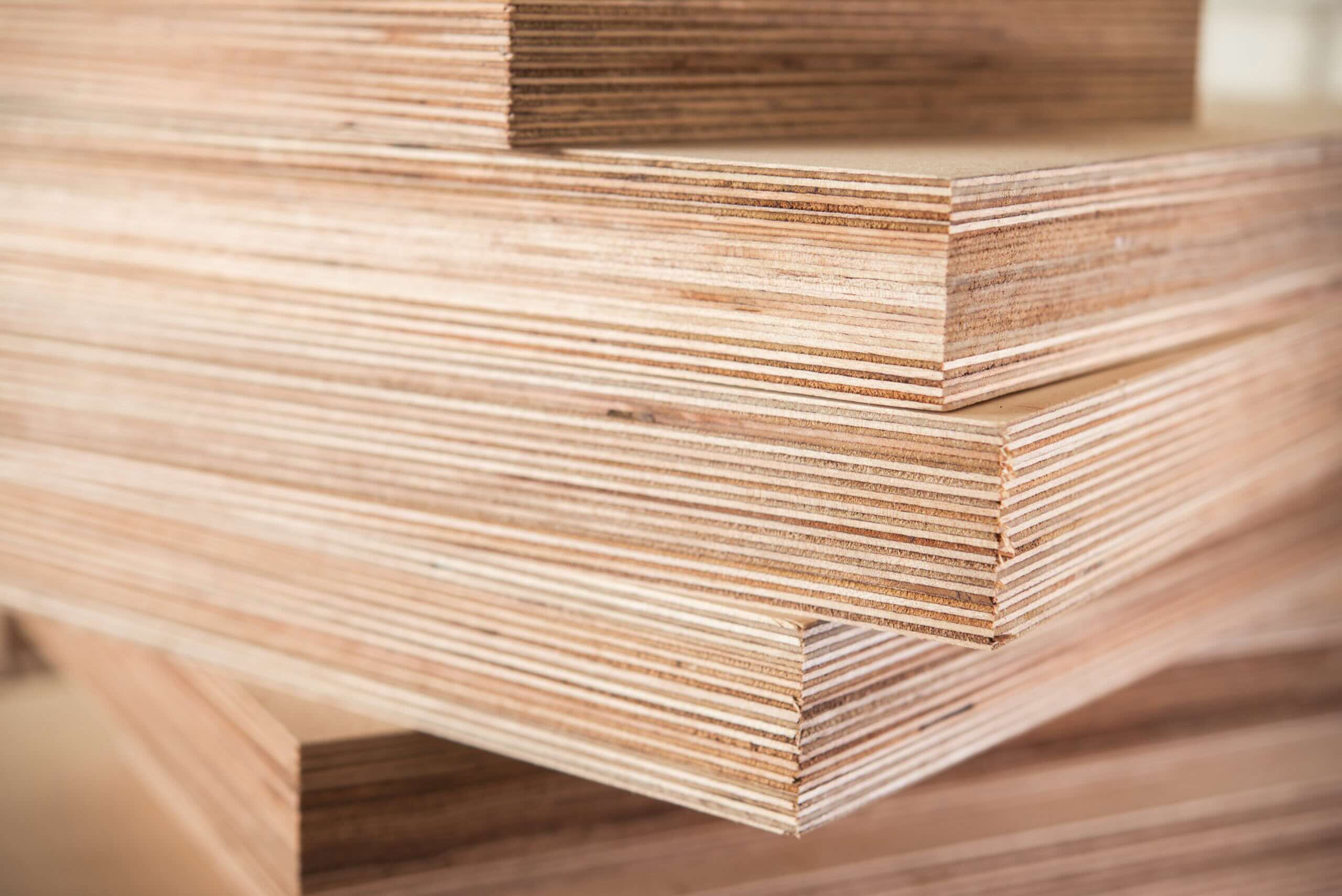

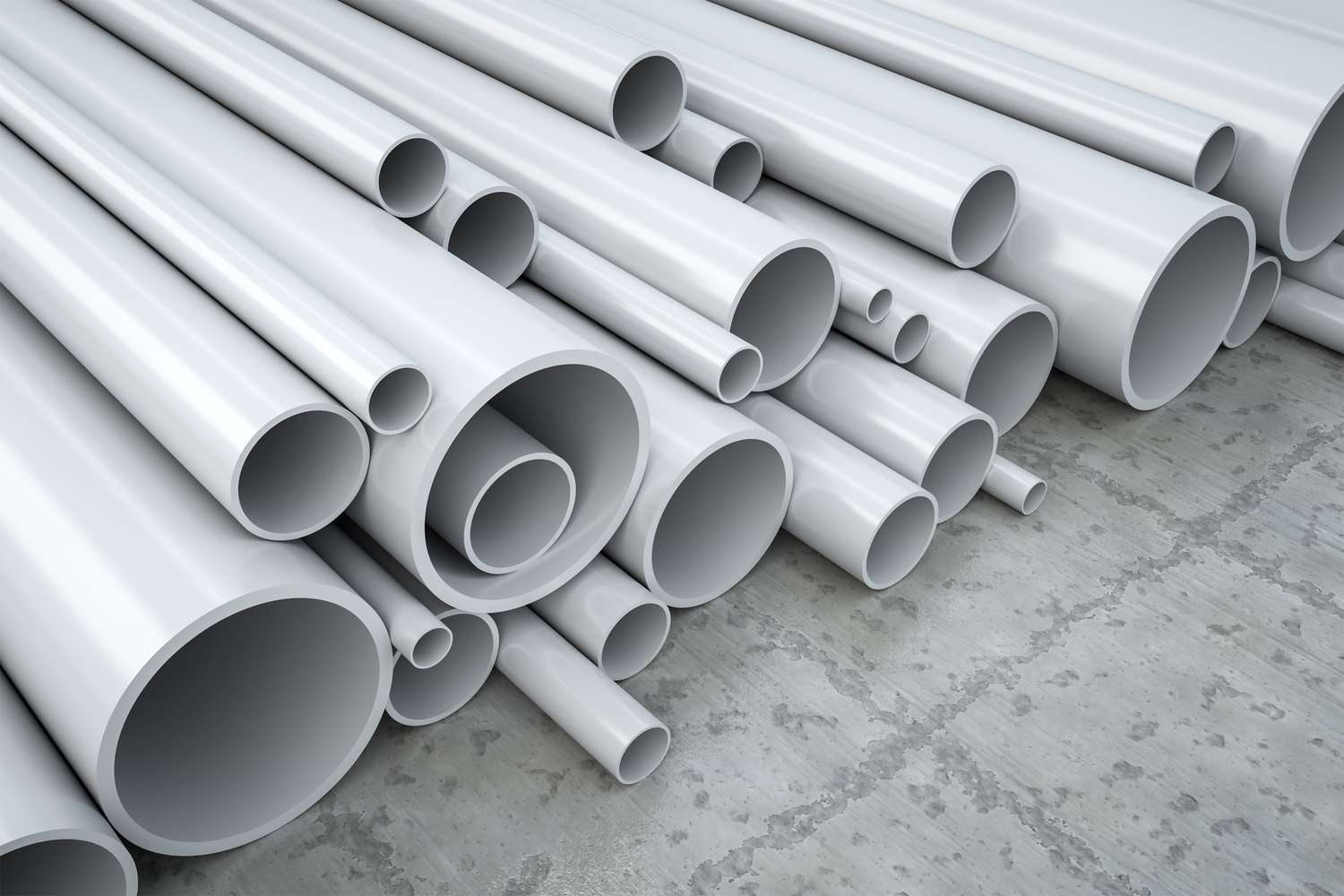
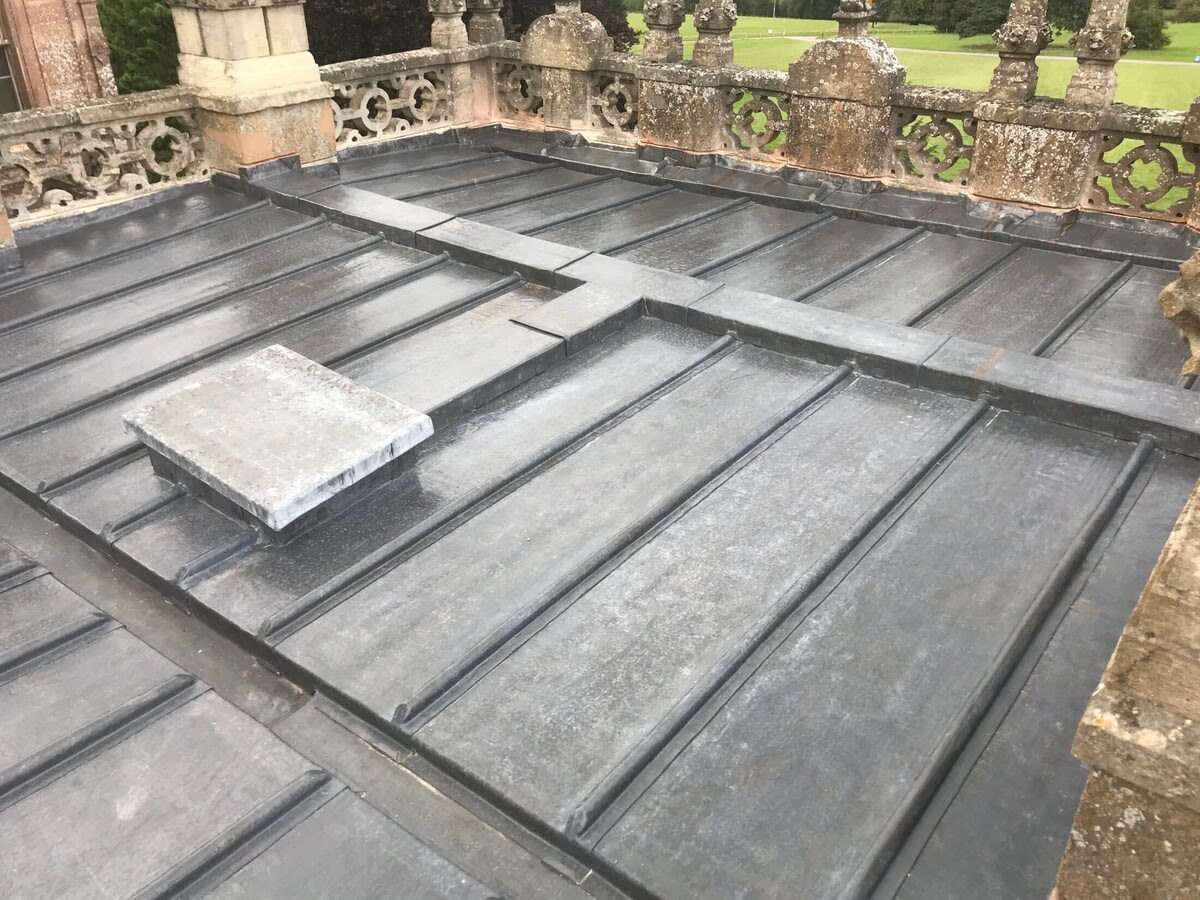
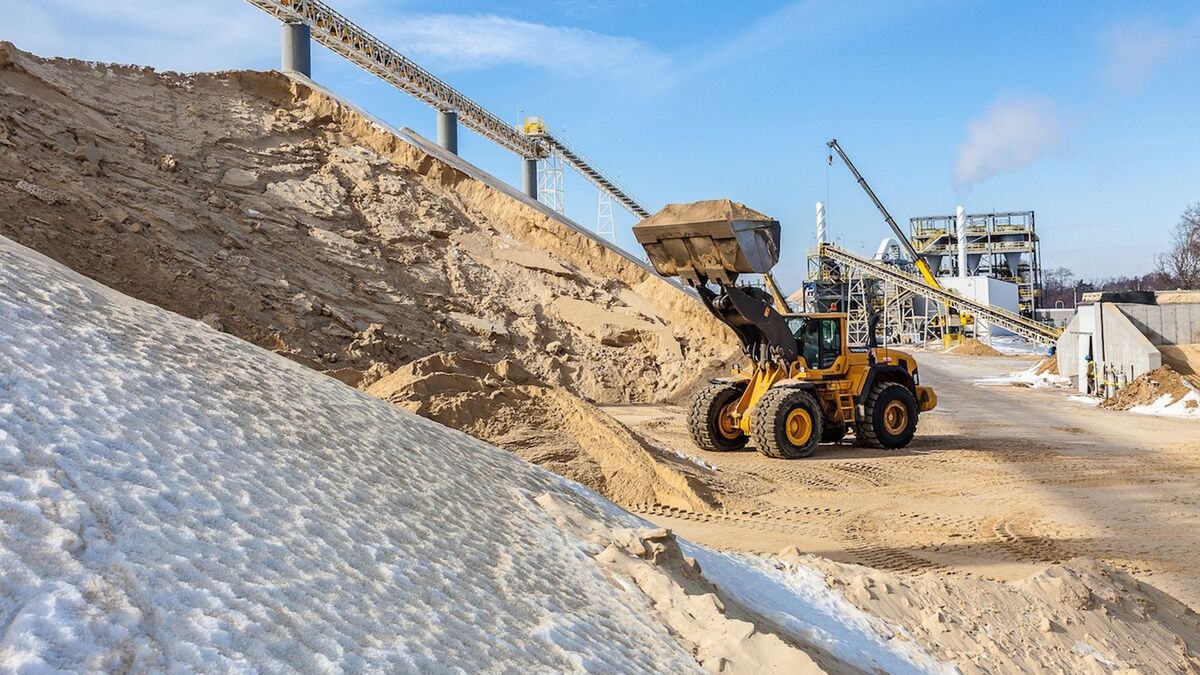
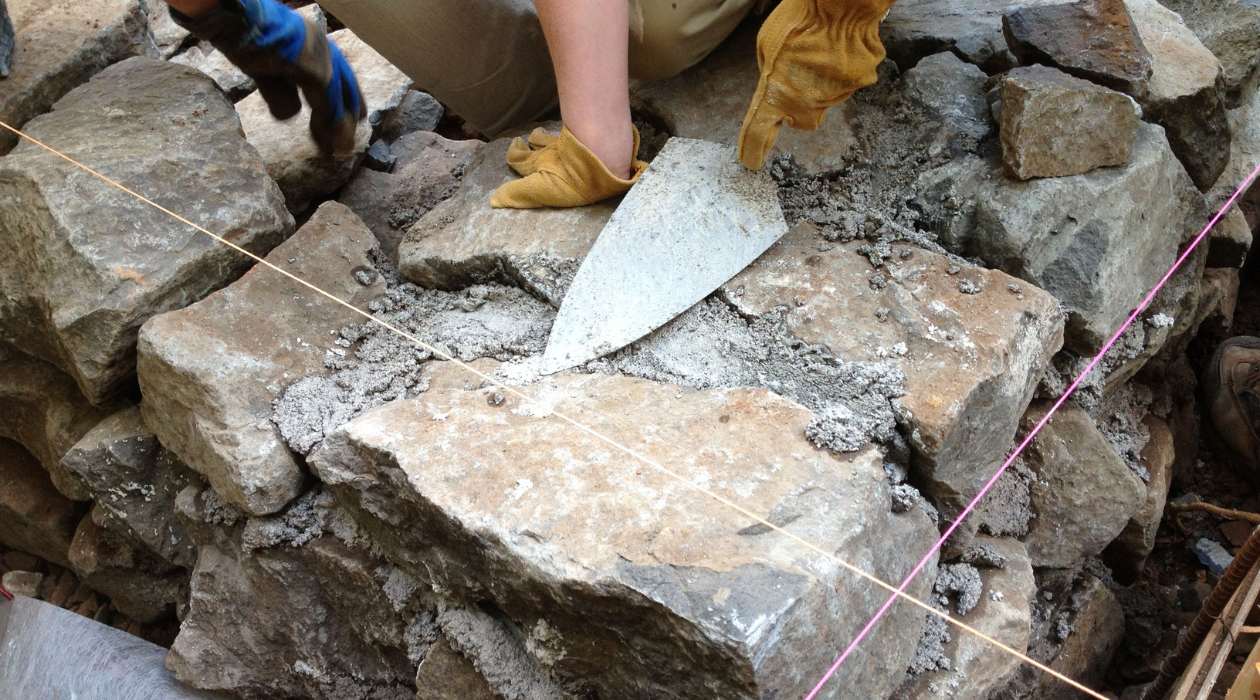
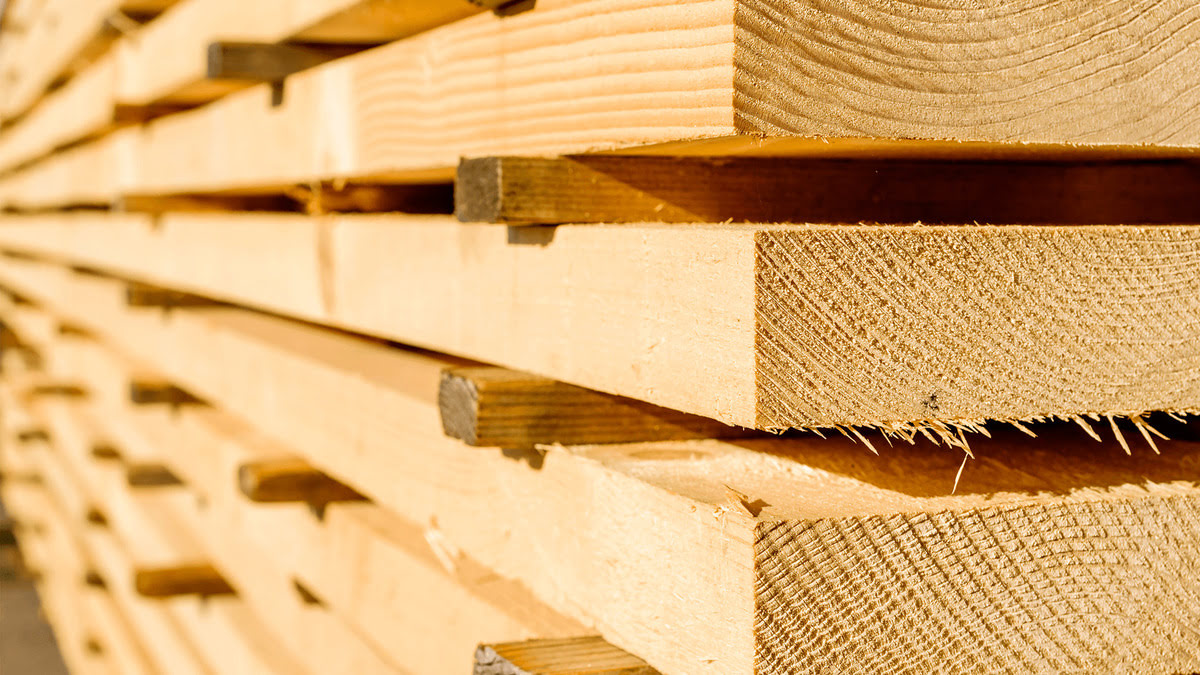
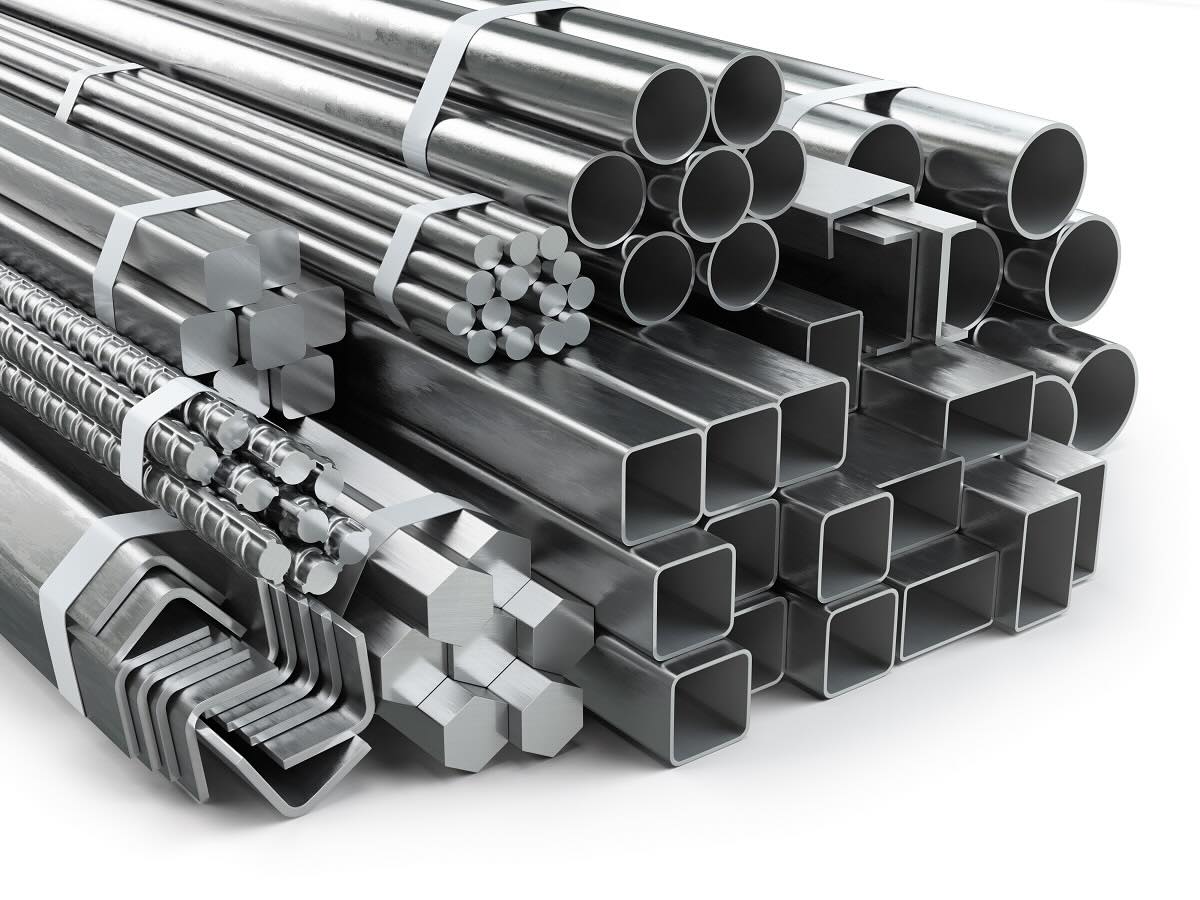

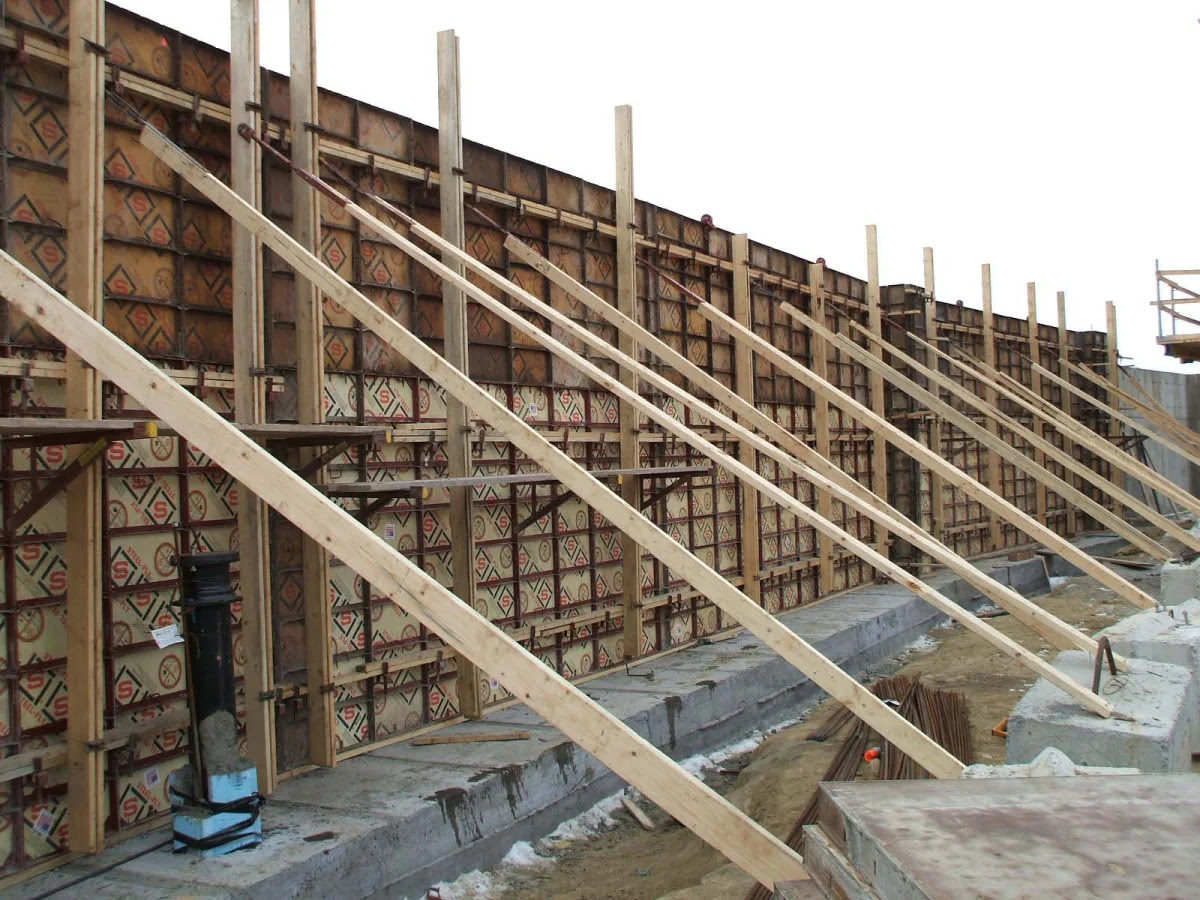

0 thoughts on “What Are Sills Used For In Construction”